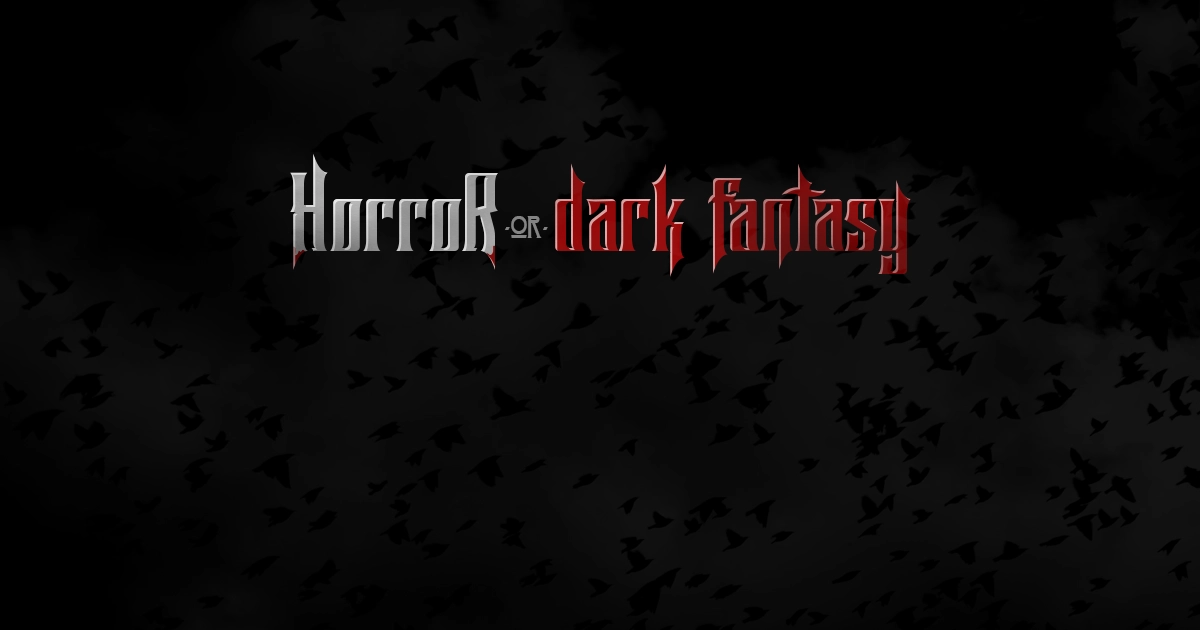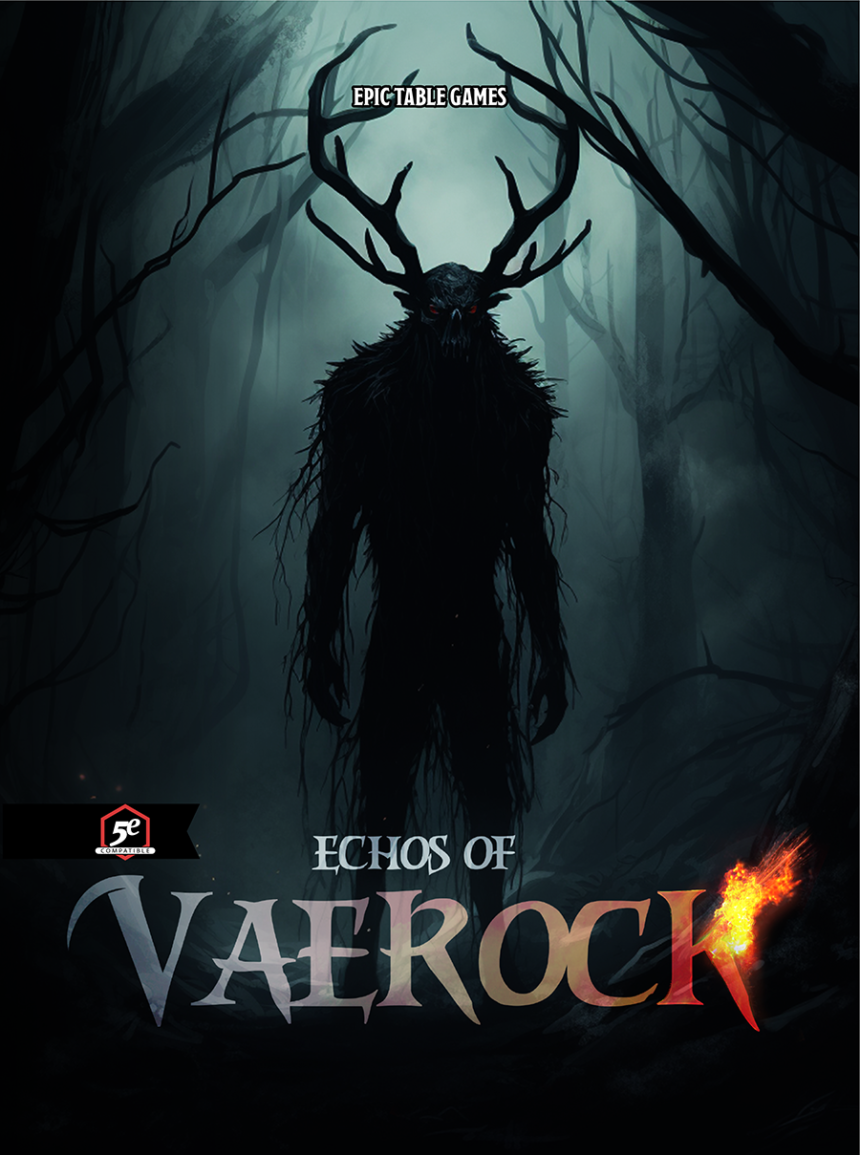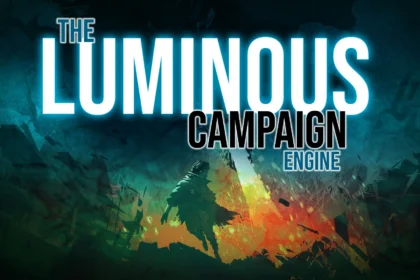With Halloween fast approaching, it’s the perfect time to dive into the chilling world of tabletop role-playing games and explore the unique flavors of horror and dark fantasy. At a glance, these genres can seem close cousins: both embrace shadowy atmospheres, monstrous creatures, and high-stakes encounters. But when you look a little deeper, each offers a distinct experience for players and storytellers alike.
Take Dark Noir, for example—a dark fantasy TTRPG with an unmistakable edge of horror. While it delivers the shiver-inducing encounters and lurking terrors you might expect from horror, its true heart lies in the intrigue and gritty atmosphere of dark fantasy. To help set the stage for this season’s gaming nights, let’s break down five key differences between horror and dark fantasy TTRPGs and how each genre shapes gameplay and storytelling.
The Essence of horror
In the realm of horror tabletop role-playing games, players are drawn into a chilling landscape of fear, suspense, and the unknown. Here, the darkness is not just a backdrop; it’s a character of its own, lurking and ready to pounce at any moment. Horror TTRPGs thrive on the creation of dread and tension, often using psychological and supernatural elements to keep players on edge.
Central to the horror genre is the aim to instill fear, whether through terrifying creatures, haunting atmospheres, or sinister plots that unravel as the game progresses. Players are challenged to confront their deepest fears, navigating scenarios that may involve survival against monstrous foes or grappling with their own psychological demons.
While horror and dark fantasy share some thematic overlaps, they diverge in their core intentions. Horror focuses primarily on inducing fear and anxiety, crafting experiences designed to horrify and unsettle. In contrast, dark fantasy leans into magic and world-building, exploring the darker aspects of human nature through supernatural means. Thus, while horror aims to terrify, dark fantasy invites players to explore a fantastical world steeped in shadow and complexity.
In horror TTRPGs, every decision can mean the difference between life and death, adding layers of tension and urgency to the gameplay. This relentless atmosphere makes horror a uniquely engaging genre that keeps players returning for more, even as they shiver in their seats.
Dark Fantasy is Horror’s cousin
Dark fantasy tabletop role-playing games invite players into richly woven worlds where magic and mystery intertwine with the darker aspects of existence. Unlike horror, which is rooted in the visceral fear of the unknown, dark fantasy often emphasizes a blend of fantastical elements and moral complexity. Here, the line between hero and villain blurs, and characters are frequently faced with morally ambiguous choices that test their values and beliefs.
At the heart of dark fantasy lies an intricate world-building experience. Players are not just navigating perilous adventures; they are exploring a landscape filled with ancient secrets, political intrigue, and a vast array of supernatural beings. This genre often delves into the darker side of human nature, showcasing themes of ambition, betrayal, and redemption. Characters may grapple with their own inner demons or be forced to confront the corrupting influence of power, magic, and the supernatural.
In dark fantasy TTRPGs, magic is often a double-edged sword. It can grant immense power but may also lead to catastrophic consequences. This creates a sense of unease, as players must weigh the benefits of wielding such forces against the potential dangers. The interplay of light and darkness adds depth to the narrative, inviting players to engage with a world that feels alive and fraught with danger.
Unlike horror, where survival is often the primary concern, dark fantasy allows for a broader range of character development and storytelling. Players can explore the nuances of their characters’ motivations, desires, and fears, crafting a narrative that is both gripping and thought-provoking. Ultimately, dark fantasy TTRPGs offer a unique blend of adventure, intrigue, and the exploration of the human condition, making them a compelling choice for those seeking a richer, more layered gaming experience.
-
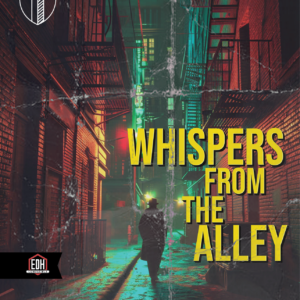 Whispers from the AlleyPrice range: $9.99 through $24.99
Whispers from the AlleyPrice range: $9.99 through $24.99 -
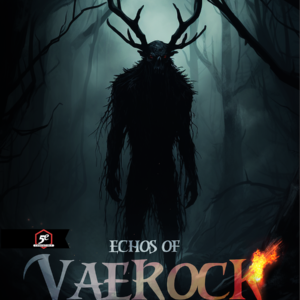 Echos of VaerockPrice range: $14.99 through $49.99
Echos of VaerockPrice range: $14.99 through $49.99 -
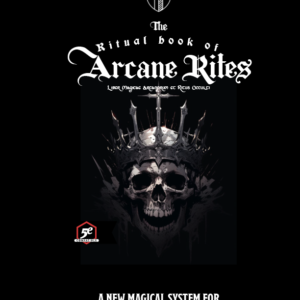 The Ritual Book of Arcane RitesPrice range: $19.99 through $59.99
The Ritual Book of Arcane RitesPrice range: $19.99 through $59.99
Fear vs. Exploration: Key Differences Between Horror and Dark Fantasy TTRPGs
Horror’s purpose is straightforward: to horrify. It does this through grotesque imagery, intense suspense, and raw survival stories, all aimed at evoking real fear. It can make you think, sure—but only after it’s gripped you with a sense of dread. In contrast, dark fantasy pulls players into worlds where magic and the supernatural are woven into daily life. Here, characters don’t just fight monsters; they confront a world where witchcraft, demons, and ancient forces are ever-present, sometimes forcing them to question their own nature. Unlike classic fantasy heroes who fight to save kingdoms, dark fantasy protagonists wrestle with darker impulses, facing the possibility that they might be the anti-heroes of their own stories.
1. Escaping Monsters Vs. Exploring Worlds
In horror TTRPGs, characters are often just trying to survive. They’re pitted against terrifying monsters, be they human or supernatural, with an emphasis on blood, tension, and sheer survival. Horror can be set in both real and fantastical realms, using fear as the main driver of the experience. Dark fantasy TTRPGs, on the other hand, shift the focus from pure terror to the adventure itself. Players explore worlds where the supernatural is an accepted reality, encountering powerful forces, ancient magic, and unearthly creatures. Here, the scares are secondary to the journey through rich, often dangerous worlds, where every step further reveals deeper mysteries.
2. Blunt Fear Vs. Subtle Dread
In horror TTRPGs, supernatural elements exist purely to inspire dread and discomfort. The unknown is a source of constant anxiety, and encounters with the supernatural focus on survival and suspense rather than building deep connections or exploring relationships. The tension is palpable, and every eerie moment keeps players on edge.
In dark fantasy TTRPGs, however, supernatural elements are woven into the world itself. Magic, mystery, and ancient powers create a setting that is both sinister and alluring. Rather than focusing solely on terror, dark fantasy encourages players to delve into the complexities of its world, where the supernatural is not just frightening but captivating. Here, characters explore themes of power and balance, and the darkness of the setting is enhanced by a sense of wonder and immersion.
3. Powerlessness Vs. Choice
In horror TTRPGs, players often feel a profound sense of powerlessness. Characters are thrust into situations where survival is uncertain, and control over outcomes is limited. This lack of control is intentional, amplifying the fear factor by forcing players to confront impossible odds and narrow escapes. Success often feels like a temporary reprieve rather than true victory.
Dark fantasy, however, leans into the agency of the players within a shadowed, complex world. Characters have choices to make and paths to explore, facing dark forces that test their resilience and challenge their beliefs. Here, players aren’t merely trying to survive—they are actively shaping their place within a world of ancient magic and looming threats. Their decisions have weight, often reflecting their values and shaping the story’s outcome. Dark fantasy empowers players to engage deeply with a world that’s dangerous, yes, but also ripe for exploration and influence.
4. Confronting Fear Vs. Coexisting with Darkness
In horror, the supernatural is a force to be confronted, feared, or fled from—often an antagonistic presence that keeps players on the defensive. Monsters, spirits, and otherworldly phenomena are designed to threaten and unsettle, embodying a fearsome unknown that characters struggle against.
In dark fantasy, however, the supernatural doesn’t always evoke dread. Instead, it’s woven into the world as an ever-present reality. While creatures may still be dangerous or monstrous, they’re often portrayed as part of a complex ecosystem that characters interact with, rather than just enemies to overcome. Dark fantasy encourages players to navigate relationships with these entities, where magic and monsters are as much a part of the world as the forests and cities they inhabit. Rather than purely inspiring fear, these forces add layers of intrigue, creating a world where characters coexist with dark mysteries and hidden powers.
Literary Inspiration
To fully grasp the nuances of horror and dark fantasy, delving into the works of masterful authors in both genres can be illuminating.
Horror authors like Stephen King, with his knack for turning the ordinary into the terrifying, and Bram Stoker, whose Dracula remains a cornerstone of gothic horror, offer gripping insights into fear and suspense. Edgar Allan Poe crafts tales that explore the macabre and the psychological, while H.P. Lovecraft introduces readers to cosmic horror, where the unknown brings madness rather than mere fright.
On the other hand, dark fantasy authors such as Gertrude Barrows, who weaves intricate worlds filled with moral complexity, and Glen Cook, known for his The Black Company series, showcase the balance of darkness and depth. Mark Lawrence captivates with gritty narratives that challenge the idea of heroism, while Leigh Bardugo enriches the genre with her layered characters and immersive settings.
Reading these authors not only enhances understanding but also deepens appreciation for the thematic richness and emotional complexity found within horror and dark fantasy.

